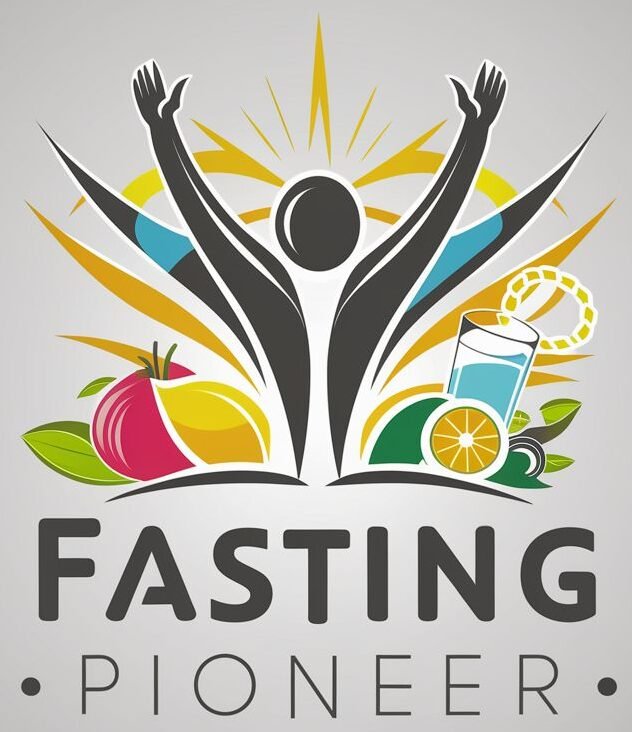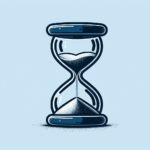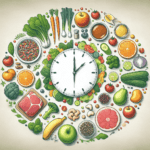So, you’ve been considering trying fasting as a means to kickstart your weight loss journey. Well, before you jump into it, it’s crucial to understand how to break a fast safely. As tempting as it may be to devour a large pizza or indulge in a massive feast, abruptly breaking a fast can actually be harmful to your body. In this article, we will explore some tips and strategies to help you reintroduce food after a fast in a way that is both safe and effective for your weight loss goals.
Importance of Breaking a Fast Safely
Breaking a fast safely is crucial to avoid any digestive discomfort, prevent blood sugar spikes, and maintain a proper nutrient balance in your body. After abstaining from food for an extended period, your digestive system can become sensitive and needs to be reintroduced to food gradually. Additionally, breaking a fast properly can help prevent any adverse effects on your blood sugar levels, ensuring a stable and healthy transition back to regular eating. Lastly, focusing on nutrient-dense foods during the post-fast period will help replenish your body with essential vitamins and minerals, promoting overall well-being.
Duration of the Post-Fast Period
The duration of the post-fast period is crucial in ensuring a smooth transition back to regular eating. Gradually reintroducing food is key to allow your body to adjust and avoid overwhelming your digestive system. Start with small, easily-digestible meals and gradually increase meal size over time. Listen to your body’s hunger cues and establish a regular eating pattern that aligns with the length of your fast. If you’ve been fasting for an extended period, such as days or even weeks, it’s important to give your body ample time to readjust to regular eating habits.

Hydration and Rehydration
Proper hydration is essential during and after a fast. Start by rehydrating with water and other fluids, such as herbal tea or infused water. It’s important to replenish electrolytes lost during the fast, especially if you were only consuming water. Including electrolyte-rich drinks, like coconut water or sports drinks with natural ingredients, can help restore electrolyte balance in your body. However, it is important to avoid large quantities of caffeine or alcohol, as these can dehydrate your body and disrupt the rehydration process.
Choosing Nutrient-Dense Foods
During the post-fast period, it’s crucial to prioritize nutrient-dense foods to replenish your body’s nutrient stores. Opt for a variety of fruits and vegetables, which are packed with essential vitamins, minerals, and antioxidants. Incorporate lean proteins such as chicken, fish, tofu, or legumes to rebuild muscle and promote satiety. Include whole grains like quinoa, brown rice, or whole wheat bread to provide lasting energy and fiber. Don’t forget about healthy fats like avocado, nuts, and olive oil, which are essential for brain function and overall health.

Avoiding Heavy or Greasy Foods
To avoid any digestive discomfort and promote a smooth transition back to regular eating, it’s best to steer clear of heavy or greasy foods. Fried foods, in particular, can be challenging for your digestive system after a fast, so it’s best to avoid them during the post-fast period. Similarly, processed or fast foods can be high in unhealthy fats, added sugars, and sodium, which can disrupt your body’s equilibrium. Instead, opt for lighter and easily digestible meals that are gentle on your stomach and promote optimal digestion.
Easing Into Solid Foods
When reintroducing solid foods, it’s important to start with small portions and gradually increase the size of your meals. This approach allows your digestive system to adapt to solid foods again. Chew your food thoroughly, as this aids in digestion and nutrient absorption. As your body becomes more accustomed to solid foods, you can progressively increase your meal size and complexity. Pay attention to any discomfort or bloating during this process, as it can be a sign that you need to slow down or adjust your portion sizes accordingly.
Monitoring Your Body’s Response
Throughout the post-fast period, it’s important to listen to your body and pay attention to how it responds to the reintroduction of food. Keep track of your energy levels, mood, and any digestive discomfort or bloating you may experience. While some mild discomfort is common during this period, severe or persistent symptoms should not be ignored. If you experience severe abdominal pain, nausea, or other concerning symptoms, it is advisable to seek medical advice to ensure there are no underlying issues.
Gradual Return to Regular Eating Pattern
As you progress through the post-fast period, aim to transition back to a regular meal schedule. Listen to your body’s hunger and fullness signals to guide your eating patterns. Avoid overeating or binge-eating, as it can lead to digestive issues and weight gain. Be mindful of portion sizes and focus on well-balanced and nutritious meals. By gradually returning to your regular eating pattern, you can maintain a healthy relationship with food and support sustainable weight loss.
Incorporating Physical Activity
Physical activity plays a vital role in overall health and weight management. After breaking a fast, it’s important to start with gentle exercises to ease your body back into physical activity. This can include activities like walking, yoga, or light stretching. As your body becomes adjusted to regular eating and hydration, gradually increase the intensity and duration of your workouts. Choose activities that you enjoy, as this will make it easier to maintain a consistent exercise routine and support your overall well-being.
Seeking Professional Guidance
If you have any concerns or underlying medical conditions, it is advisable to consult a healthcare professional or registered dietitian before breaking a fast. They can provide personalized advice based on your health status, guide you through the process, and ensure that you are meeting your nutritional needs. Seeking professional guidance is especially important if you have specific dietary requirements or if you’re considering longer fasting periods for weight loss purposes. A healthcare professional can help you navigate these decisions safely and effectively.








